C'est (preque) magique.
Inspiré par le biomimétisme
Comment les canards et autres oiseaux aquatiques gardent-ils leurs plumes au sec ? Grâce à une fine couche de graisse. Notre technologie repose sur le même principe.
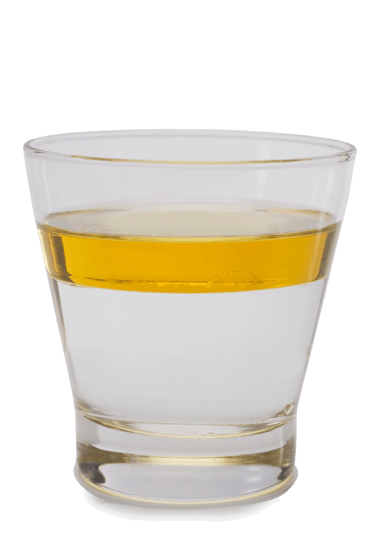

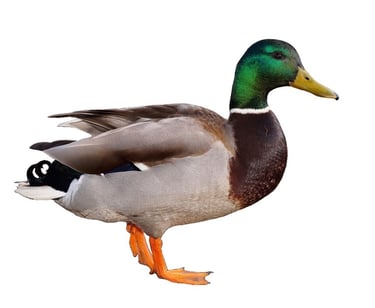

Une approche unique: le greffage moléculaire
Notre procédé de greffage moléculaire attache des molécules d’acides gras d’un nanomètre autour des fibres de cellulose, constituant ainsi d’excellentes barrières contre l’eau.
Contrairement au revêtement, nous n’ajoutons pas de couche supplémentaire. Seulement quelques milligrammes de réactif par mètre carré sont nécessaires, ce qui garantit la recyclabilité du matériau. Vous ne pouvez pas toujours le voir ou le ressentir, mais les liaisons entre les fibres et les acides gras sont extrêmement robustes.
Le traitement a lieu à l’état gazeux, garantissant un résultat sans défauts et pénétrant l’épaisseur du matériau. Toute la surface spécifique est traitée, conférant au matériau une durabilité et des fonctionnalités exceptionnelles. Ceci permet, par exemple, de supprimer la capillarité, de découper ou plier le substrat, tout en préservant les barrières.


Intensité matérielle:
jusqu'à 250x plus faible
Émission de CO2:
jusqu'à 96% inférieures
Coûts:
jusqu'à 91% moins cher
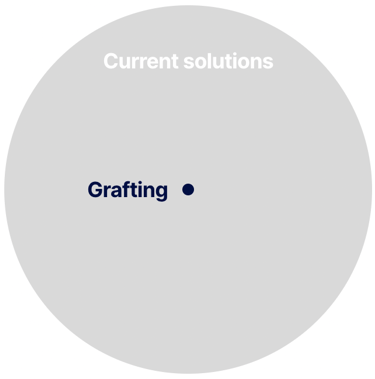

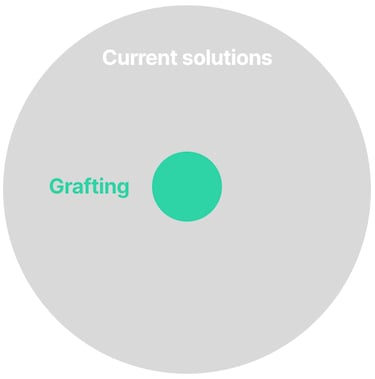

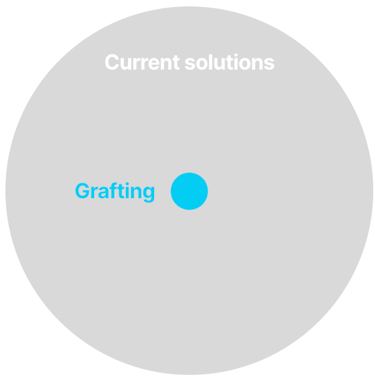

Un outil, des possibilités infinies
Parce qu’il s’agit d’une réaction chimique, notre procédé et modulable (substrat, réactif, paramètres etc.), offrant une palette de possibilités très étendue.
Parce qu’il s’agit d’une réaction chimique, notre procédé est hautement ajustable (substrat, réactif, process), offrant une palette de possibilités très étendue.
Voici quelques performances barrières obtenues selon les substrats papier utilisés :
COBB600: à un chiffre
Angle de contact: jusqu'à 150 degrès
Test Kit : jusqu'à 12
OTR: aussi bas que < 1 g/m²/jour
WVTR (standard): < 5 g/m²/jour
WVTR (humide): <40 g/m²/jou
Energie de surface: aussi faible que 20 dyne


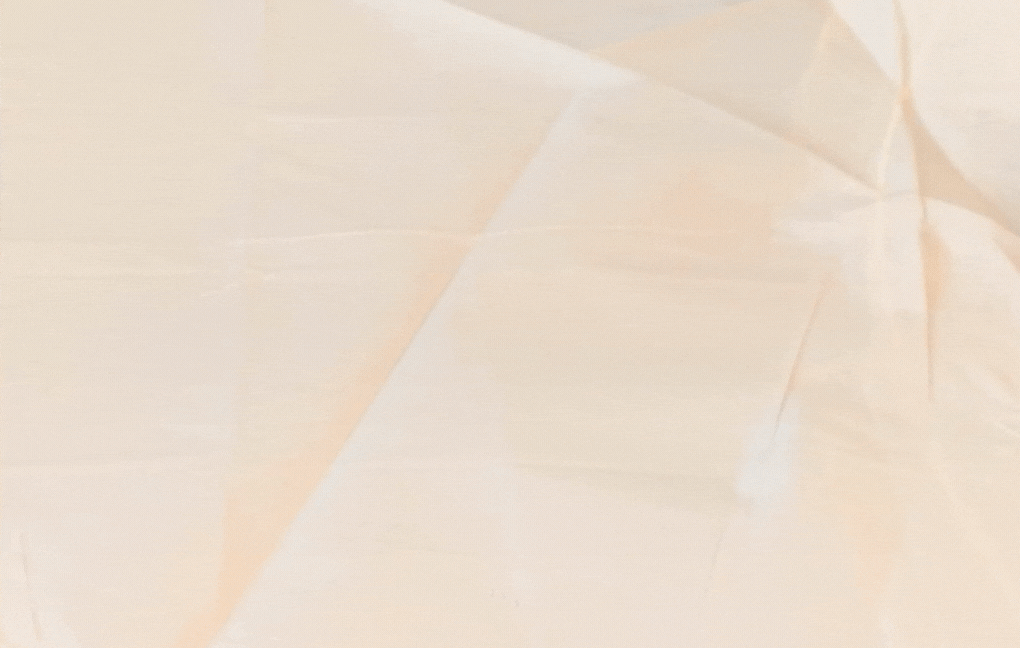

Entièrement biosourcé
Les substrats comme les réactifs que nous employons sont disponibles à large échelle et issus de la biomasse.
Le procédé est également sans solvant.
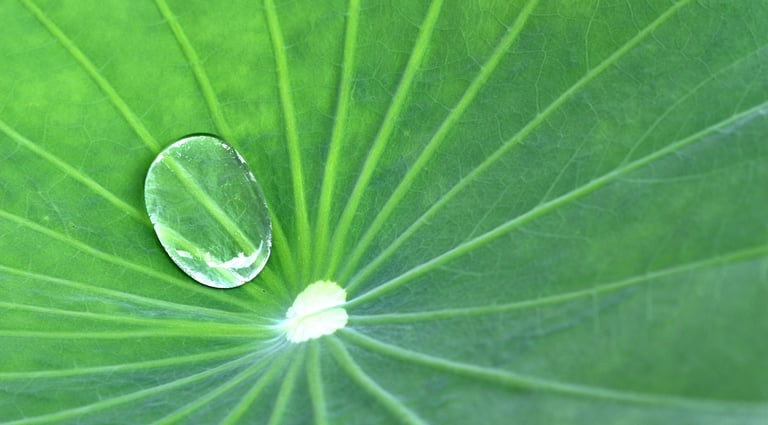

Un procédé révolutionnaire
Cette chimie n’est pas entièrement nouvelle. Le directeur scientifique de Cellulotech, Daniel Samain, a découvert sa version sans solvant il y a presque trois décennies. Toutefois, le défi restait la mise à l’échelle industrielle, notamment pour l’emballage.
Notre nouveau procédé propriétaire réduit le temps de traitement à seulement 0,1 seconde et s’adapte aussi bien aux substrats 2D qu’aux formes 3D. L’équipement peut fonctionner en ligne ou hors ligne.
Notre objectif ? Transformer la cellulose et le papier en l’or vert du XXIᵉ siècle.



